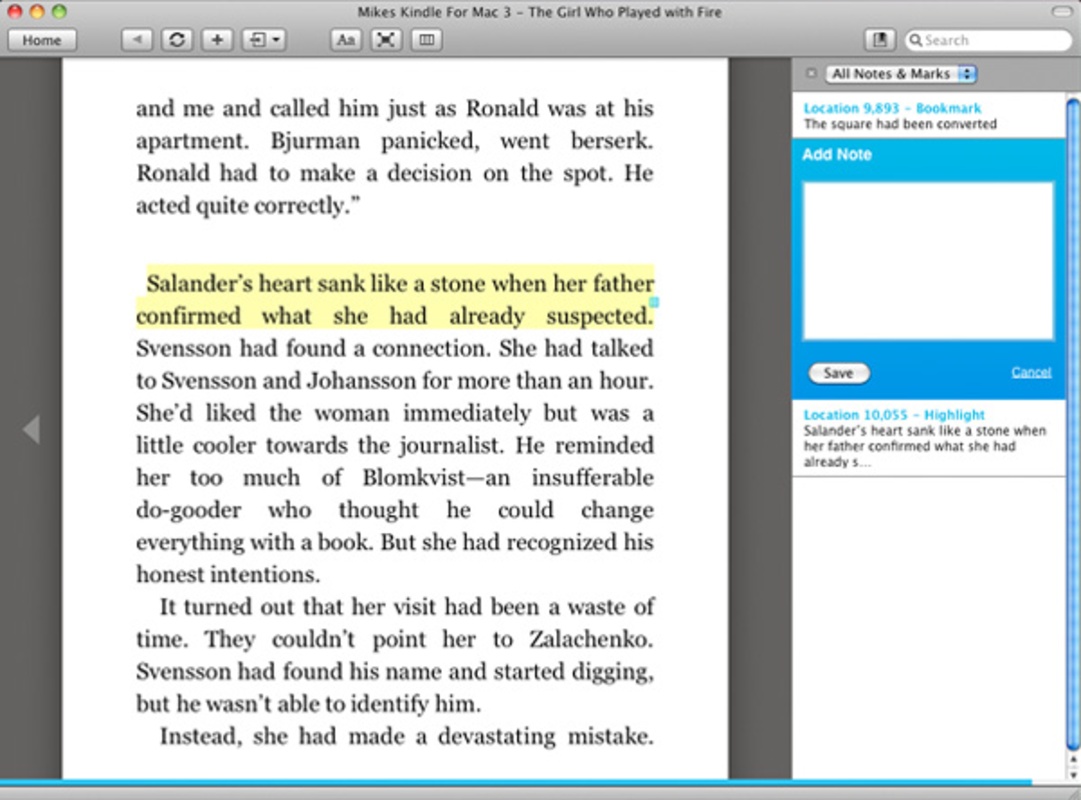Basketball holds a special place in the Philippines. It has played everywhere - from Manila’s neighborhood courts to remote provincial towns.
Filipino players, whether amateurs or rising prospects, constantly look for ways to improve. Digital tools are now offering accessible options that suit the fast-paced lifestyles of modern players.
Mobile training apps are becoming common among Filipino athletes. These tools promise to boost specific skills like dribbling, shooting, and footwork.
The question is - do they really work? Can an app fix a shooting form developed over years of casual play? For players hoping to break old habits, tracking progress with feedback is more important than ever.
Many sports fans use apps to follow scores or check stats. Others combine that with 1xbet basketball features to keep track of live betting odds and schedules. But now, more apps focus directly on training.
They use cameras, AI, and analytics to monitor real-time performance. That means you can train solo and still get meaningful feedback.
How Do Basketball Apps Work?
The best basketball training apps offer smart features. They do not just explain drills. They show you how to perform them.
Some apps scan your shooting motion using your phone camera. Others give instant corrections or recommend changes.
These tools suit self-learners or players without access to coaching. Here are a few main types of apps used in training:
- Shooting Form Analysis - These apps track arm angles, release points, and foot position.
- Workout Plans - Designed drills help users train on schedule and hit physical targets.
- Progress Tracking - Users can log improvement with videos, stats, and notes.
- Simulations and Games - Some use virtual defenders or pressure settings to mimic real play.
Many of these apps are free or low-cost. Paid versions usually unlock more features like expert-level breakdowns and personalised coaching.
Philippine Basketball and the Mobile Edge
The Philippine basketball scene blends street culture with organised leagues. Local talent often hones their skills on outdoor courts with improvised training.
Mobile apps bring more structure to that environment. They help bridge the gap between casual play and competitive improvement.
Pinoy players frequently record their shots or layups with phones. Adding AI-based analysis makes this habit more useful.
Instead of guessing what is wrong with a missed jumper, apps now identify the technical issues behind it. In urban areas like Quezon City, tech-savvy players already use apps like HomeCourt or DribbleUp.
These are designed with shooting form and footwork in mind. They give clear visual breakdowns of each shot and offer tips to refine mechanics.
Apps also make individual practice more efficient. Instead of repeating poor habits, players now get data to improve.
For many in the Philippines without access to full-time coaching, that makes a difference.
Balancing Tech and Practice
Apps work best when used with real court time. You cannot skip physical repetition. However, tracking data helps focus your effort.
Shooting form depends on balance, release timing, and hand positioning. Apps cannot feel your grip or adjust your rhythm - but they can highlight flaws that need attention.
Improvement still takes effort. However, the ability to review your mechanics after each session keeps you accountable. That is especially useful when you train alone or outside formal programs.
Fans used to watching sports can now use the same screens for feedback. The shift from passive viewing to active learning marks a new step in tech use.
Filipino basketball players already use phones for highlights and updates. Now those devices help shape their actual game.
Limitations and What to Expect
Mobile apps do not replace live coaching. They lack personal interaction and real-time corrections. However, they support learning by providing consistent tracking. Filipino players who rely on outdoor courts, tight schedules, or solo training benefit most.
Apps also help avoid injury. Monitoring form prevents repeated bad movements. That matters in a country where access to physiotherapy or professional advice is limited.
Some practical benefits include:
- Understanding shot release and trajectory
- Reducing common errors like leaning back or stiff wrists
- Tracking makes it easier to set goals
- Building consistent training routines even without a coach
The Way Forward for Filipino Players
Basketball training in the Philippines is entering a new phase. Traditional practice still matters, but digital tools now support that journey.
Whether you are a weekend baller or a student athlete, tech offers a clear way to analyse and improve. Players who want more control over their progress should explore these options.
With structured use, mobile tools help break bad habits and sharpen mechanics. They offer no quick fixes, but they add long-term value.
For Filipinos serious about raising their level, the mix of digital tracking and hard work is a strong path forward.
Moreover, as mobile tools grow smarter, they may soon become as common as the basketball itself.











